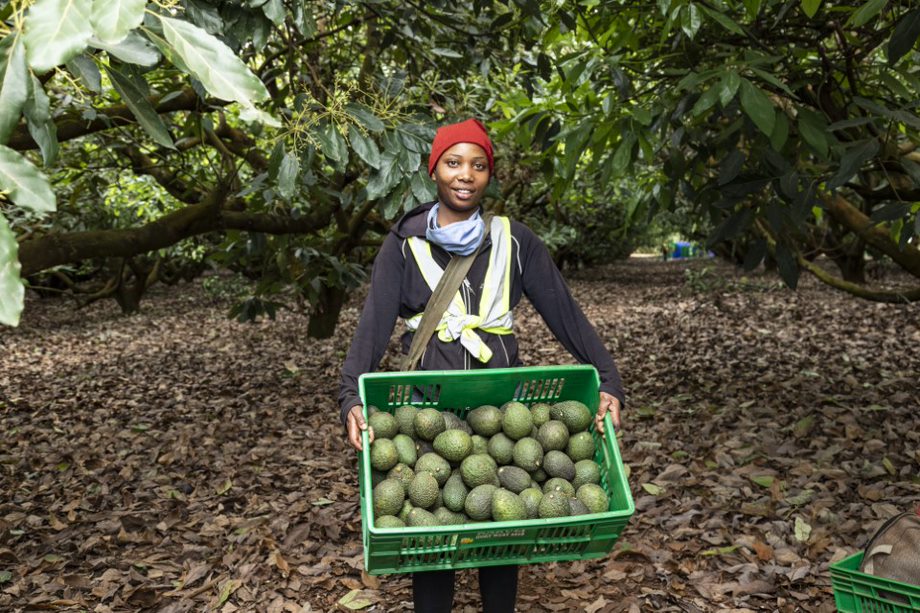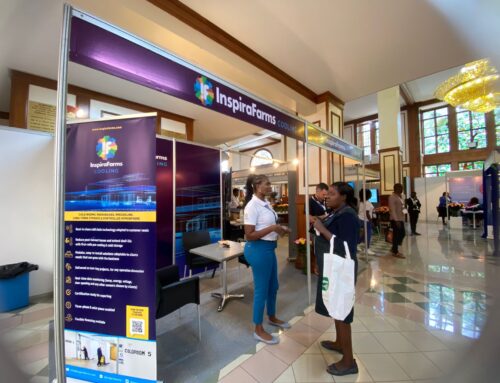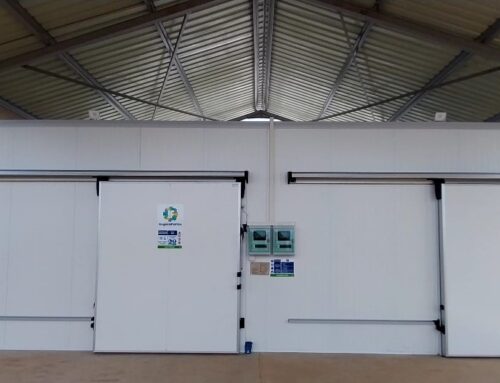How to Scale Cold Storage Solutions for Smallholder Farmers in Sub Saharan Africa
With support from Shell Foundation and the UK’s Foreign, Commonwealth and Development Office (FCDO) as part of our CASEE partnership, InspiraFarms has been developing market-leading first-mile solutions for agricultural value chains. In a recent collaborative report, we analysed the role of understanding and accelerating the influence of smallholder farmers to directly support rural development and climate mitigation.
Barriers that smallholder farmers face in accessing cold storage facilities.
Although access to cold storage provides smallholder farmers and agri-businesses with a competitive advantage in segregated markets, affordability and accessibility stand as key barriers to the uptake of large-scale, on-farm cooling technologies. However, Cooling-as-a-service (CaaS) alongside financing would be the most feasible way for them to gain access to such high-value facilities. The rural food system allows for off-takers to source from multiple smallholders within the market. Sourcing small volumes from many farmers spread out over large and remote areas comes with high costs, and often, the quality of the products deteriorates, making the enterprise less commercially viable. This challenge is exasperated by the inadequate access to cold storage, with only 3% of fresh produce entering the cold chain. Typically, produce is gathered at centralised collection points for 24-72 hours before reaching the central cooled pack shed. This means that for up to 72 hours, produce remains at ambient temperatures, resulting in high post-harvest shrinkage and potential losses for smallholders, which can reach 50%. With such high produce deterioration, growers will not earn premium revenue for their investment.
The access to first-mile cold storage facilities thus has the potential to enhance value chain inclusivity by improving the commercial viability for off-takers and economic outcomes for smallholder farmers.
Adoption of cold chain-as-a-service
Small scale growers have limited access to finance to invest in their own infrastructure and limited land available on which to build. Cold chain-as-a-Service would be the most feasible financial mechanism to enable smallholders to access cooling. This business model means a service provider such as a cooperative or entrepreneur allows farmers to store fresh produce in their unit for a fee, based on their needs and payment ability. In addition, most respondents of this study considered that rent-to-own schemes, either directly from an off-grid cold storage provider or an off-taker, were among the most viable options to tackle the financing challenge.
InspiraFarms has been testing various business models, including CaaS. Under this model, the Mobile Units are accessed by smallholders through our partnerships with established agribusinesses and cooperatives, who purchase the units to then make them accessible to smallholders for a fee. This partnership model allows parties to capitalise and build on new and existing networks, with additional support through their existing private, public, and third sector networks to smallholders.
Key recommendations for stakeholders to accelerate adoption of CaaS
- Unlock capital for distributed cold storage solutions: Agribusinesses are keen to accelerate the deployment of first-mile cold storage solutions, whether through CaaS or rent-to-own. Governments and development partners ought to enable private sector investments by providing capacity building and financial instruments.
- Cold storage distributors should invest in local engagement: InspiraFarms has built relationships with hundreds of agribusinesses, governments and investors, allowing for a broader analysis of the factors impacting the commercial viability of their operations and that of the smallholders they operate in. Such engagements showcase the importance of being familiar with the dynamics of the local markets and the advantages of investing in local engagement.
- Research and piloting of other business models: To determine how the return on investment can be optimised for all value-chain actors, this calls for the need to explore various business models. This will inform the decision to find an adequate payment mechanism to manage risk, seasonal variations and OPEX.
- Multi-stakeholder partnerships: CaaS solutions are not straightforward. Effective partnerships between local agribusinesses, producers, solution providers, governments and financiers are fundamental to developing the technology and the knowledge base, communicating impact, and catalyse investment.
The content of this article have been derived from a case study, originally published by Shell foundation under their CASEE partnership. The report was written with the support and valuable contributions of Tanya Kothari at Shell Foundation; Maeva Amarger and Tesfaye Hailu at Triple Line and William Holden at Watt Solutions. Special thanks to contributions from multiple growers, agribusiness owners, exporters, freight companies, NGOs, consultants, and academic research institutions. Read the full report here.



